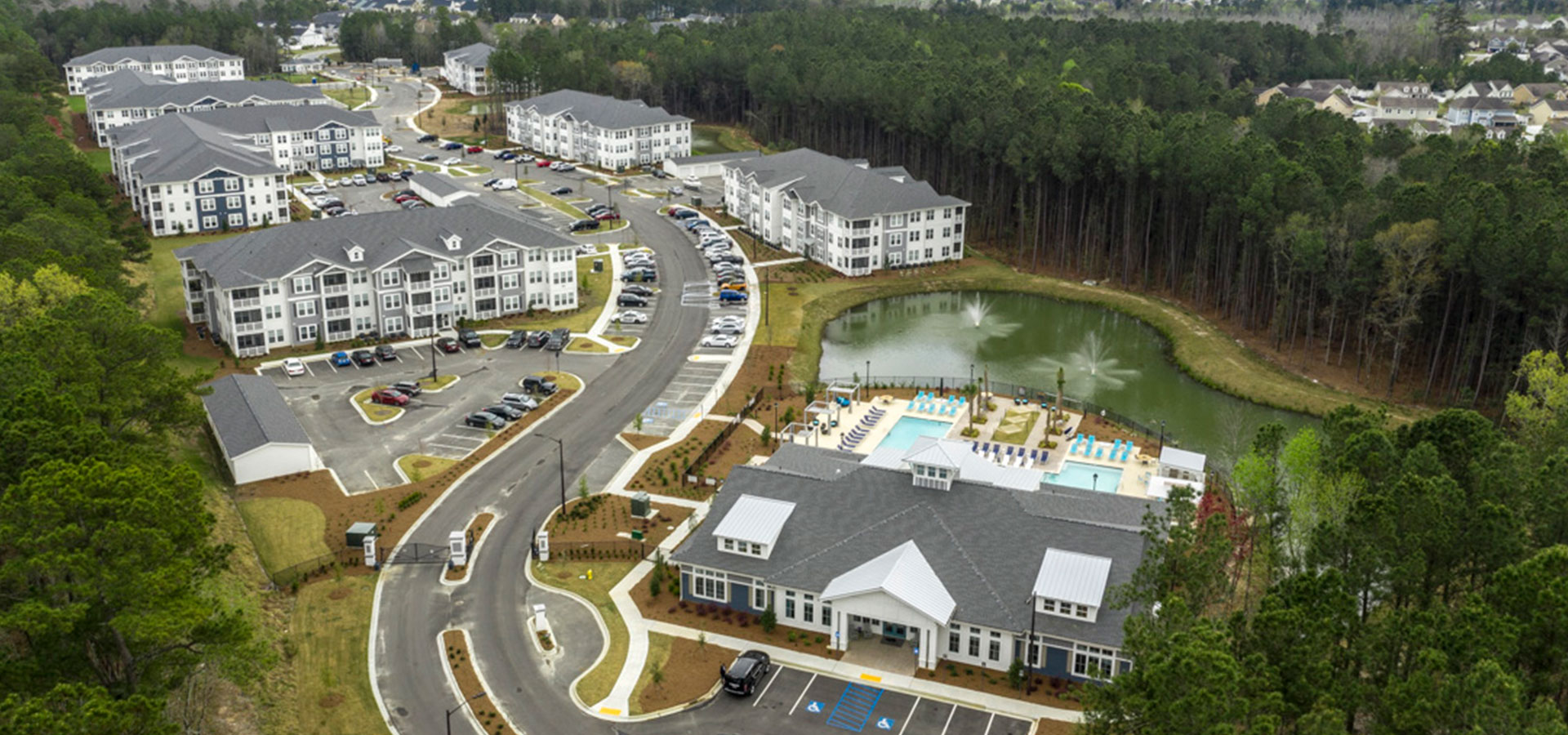As America’s suburbs grow, garden-style apartments have become increasingly popular. But what exactly is causing this shift, and what is so appealing about garden-style complexes?
What are Garden-Style Apartments?
A cluster of low-rise buildings, typically two or three stories high, in smaller cities and suburban areas characterizes garden-style apartment complexes. Open areas with lawns, landscaping and pathways connect the buildings, and most complexes are centered around a clubhouse with amenities such as a fitness center and pool.
Trends Affecting Garden-Style Apartments
Over the past few years, there has been an increase in migration from major cities into secondary and tertiary markets. The pandemic has accelerated this trend even further, as many people want to leave cities for lower-density living. Additionally, the pandemic has enabled many to work from home, with 29% of the adult workforce employed in remote-friendly occupations. These people no longer have to worry about living close to their office in favor of a shorter commute.
Why Garden-Style?
For those who want to live in more suburban areas but do not wish to own a house, garden-style apartments are a great solution. Their lower density allows for better social distancing, and they offer open-air amenities and more overall space at a lower cost.
Benefits to Developers
Garden-style apartments do not just provide advantages for their residents; they also benefit developers. Flexible site layouts can accommodate virtually any land site, and suburban areas have larger tracts of land for purchase. Most of these sites are greenfield, eliminating the need for environmental remediation, thereby lowering the cost of construction and shortening the schedule.
Expertise in Garden-Style Construction
We possess extensive experience building garden-style complexes at McShane and are currently underway with 12 developments across the country. Implementing a sequenced turnover of individual buildings enables the owner to begin leasing before the project is fully complete.
